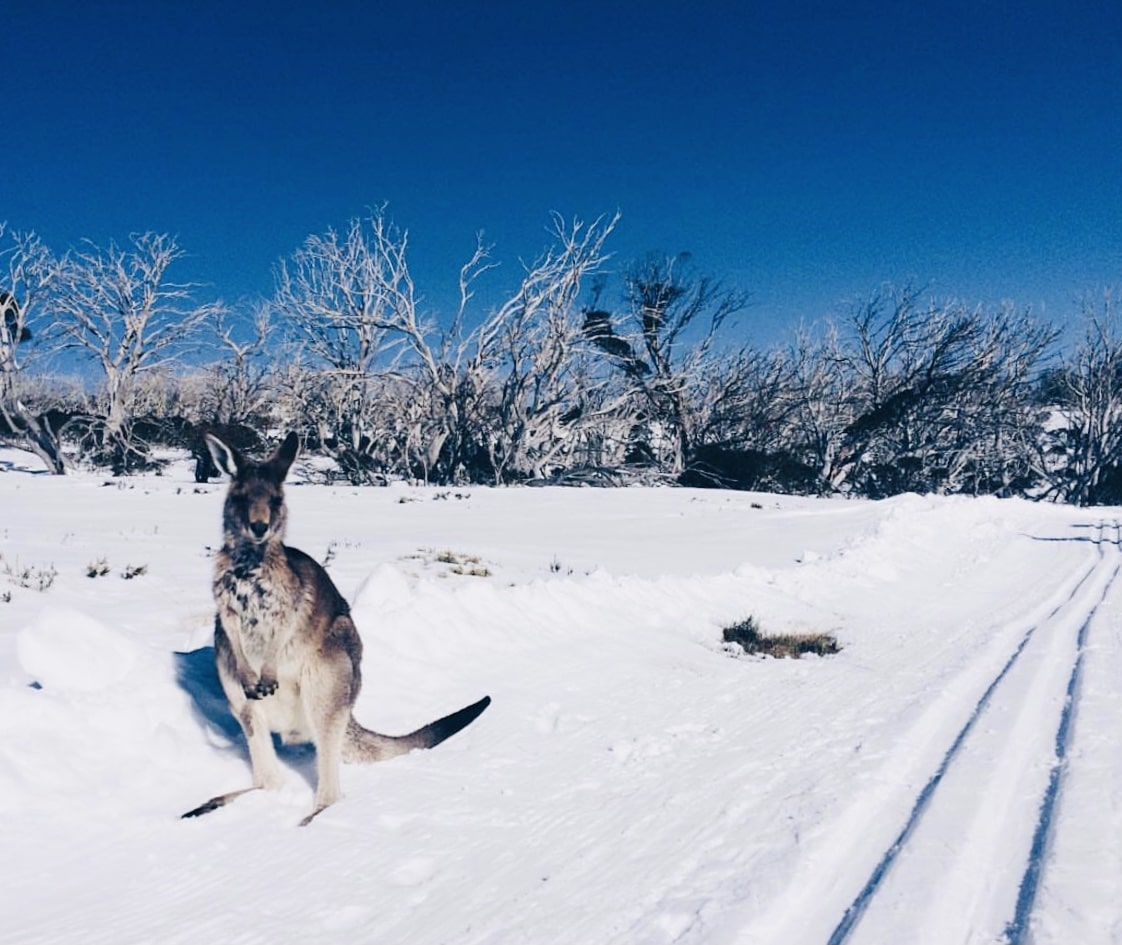Understanding the Relevance of Snow in Australia for Farming and Tourism
While Australia is commonly connected with sun-kissed coastlines and dry outback, it additionally boasts a wide range of snowy alpine areas. The snow that blankets these areas is much more than a picturesque landscape attribute. It serves as a lifeblood for the country's farming and a driving pressure for a profitable tourism sector. As we explore this unexpected junction, the prospective influence of changing climate patterns on Australia's snowfall and its succeeding impacts come to be an engaging focus.

The Unexpected Snowfall: Australia's Alpine Regions
When winter months cloaks the globe, Australia's Towering regions don a white mantle of snow, a phenomenon that appears practically paradoxical in this dominantly sun-baked land. The annual snowfall, although not as abundant as in some countries, is an essential facet of Australia's climate variety and plays a considerable duty in the nation's agricultural techniques and tourism market.
Winter season's Bounty: Snow's Payment to Australia's Water Resources
Despite its rarity in the broader landscape of Australia, snow in the Towering areas plays a critical duty in the country's water resources. Functioning as an all-natural reservoir, the snowpack stores water throughout the chilly months, gradually launching it into rivers and dams as it thaws in warmer seasons. This procedure guarantees a constant supply of water, aiding in the stablizing of the country's water cycle. This is particularly essential for Australia, a continent regularly plagued by dry spells. The snowmelt feeds right into the Murray-Darling Container, a lifeline for lots of communities in the southeastern components of the nation. Without the bounty of winter months snow, Australia's water sources would be significantly stressed, impacting both the setting and the populace.
White Blanket, Environment-friendly Area: The Influence of Snow on Australian Farming
Although much less visible, the impact of snow on Australian farming is significant. Snowfall in the high nation serves as a natural form of irrigation, gradually melting and supplying a steady water system to lower-lying farmland. This water-rich atmosphere cultivates the growth of durable plants, adding to the nation's agricultural productivity. Snowfall enhances soil health by presenting dampness and capturing nutrients, which are slowly released as the snow thaws. This procedure enriches the soil, promoting the development of healthier, much more durable crops. Furthermore, snow cover functions as a safety covering, insulating the ground against severe winter temperature levels that might or else harm plants. Thus, the function of snow in Australian agriculture is both multifaceted and important.

Cold Money: Snow Tourist and Its Economic Relevance in Australia
While the worth of snow to Australian farming is usually ignored, its payment to the country's tourism market is undeniably considerable. The snow-laden optimals of Australia's alpine areas draw in a flurry of tourists every winter months, adding millions to the national economic situation. These visitors take part in a range of snow-based tasks, from skiing and snowboarding to snowshoeing and sledging. The thriving check that snow tourism market has brought about the production of many tasks, from ski instructors to resort staff, boosting local economic climates in the procedure. The income generated from snow tourist assists fund different framework jobs and necessary solutions in these areas. Thus, the economic importance of snow tourism in Australia expands far beyond the inclines.
Future Forecast: Environment Modification and Its Prospective Effects on Australia's Snowfall
As the globe grapples with the fact of climate change, so as well should Australia consider its potential impacts on the country's snowfall. Such adjustments threaten More hints the practicality of Australia's ski industry, which contributes dramatically to the local index economic climate. The potential effects of these modifications underscore the necessity of climate modification reduction initiatives, both in Australia and internationally.
Verdict
Finally, snow is a pivotal component of Australia's farming and tourism markets. It not just nurtures the nation's agricultural landscape however additionally fuels its winter months tourism industry. However, the impending danger of climate adjustment raises problems about the future of Australia's snowfall patterns, possibly interfering with these substantial financial industries. Understanding and attending to these obstacles is critical for the sustainability of Australia's economic climate and ecological community.

When winter season capes the world, Australia's Alpine regions put on a white mantle of snow, a phenomenon that seems nearly paradoxical in this dominantly sun-baked land.Despite its rarity in the broader landscape of Australia, snow in the Alpine areas plays a crucial function in the country's water sources. Without the bounty of wintertime snow, Australia's water resources would certainly be substantially strained, influencing both the environment and the population.
Therefore, the financial significance of snow tourist in Australia extends much past the inclines.
In conclusion, snow is an essential aspect of Australia's farming and tourist fields. Does It Snow In Australia.